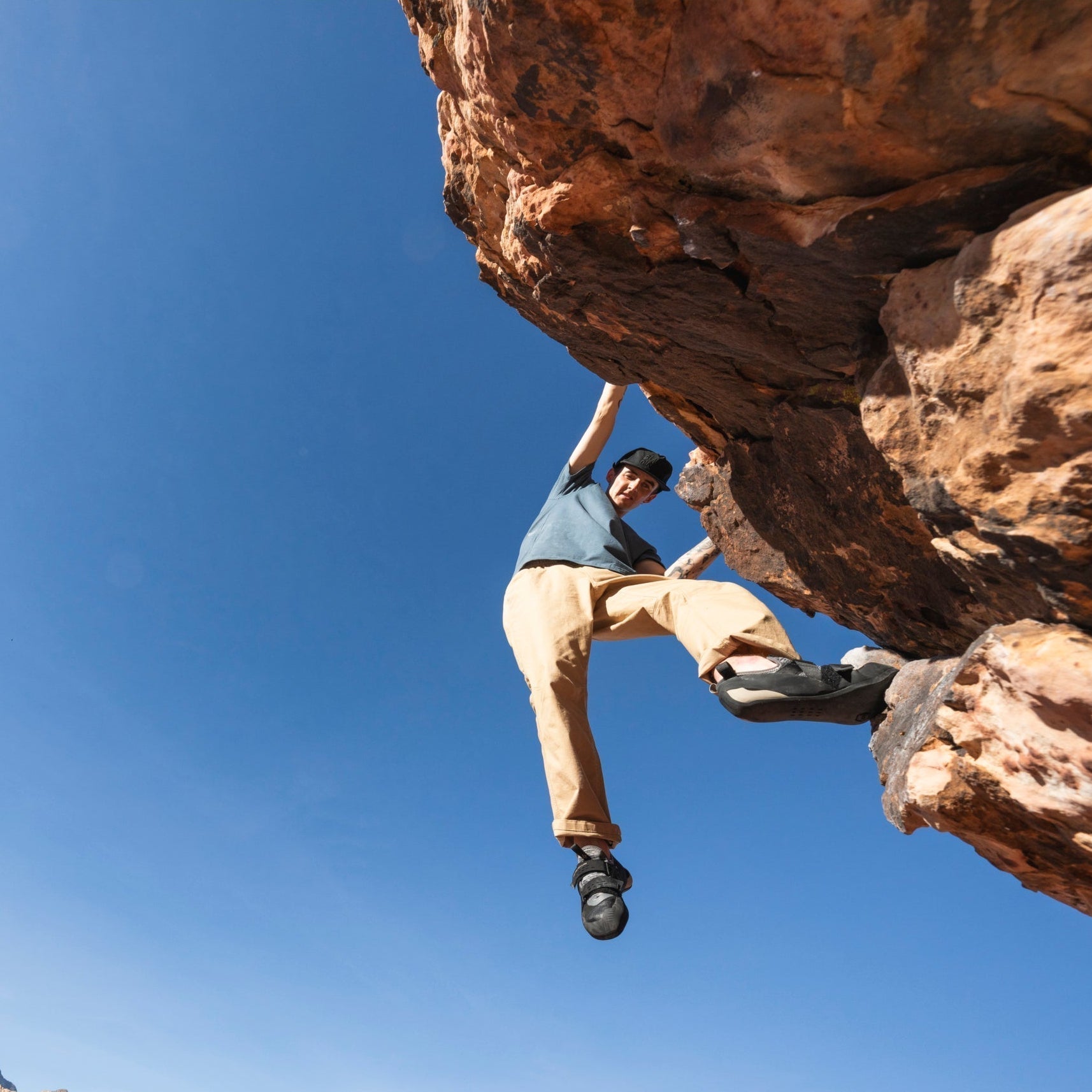
WHAT TO WEAR BACKCOUNTRY SKIING
Dial in your kit for the skin track.
Add $99.00 more to quality for free Shipping!
$0.00 USD
Black Diamond Global Athlete Hazel Findlay has a penchant for bold ascents. Whether she’s free climbing El Cap (which she’s done three times) or sending an E9 trad testpiece in her native Britain, Findlay thrives when the climbing is not only physical, but mentally challenging as well.

Recently, she’s started coaching climbers on how to improve their mental game. In this three part series, Findlay shares a few of her hard-earned strategies for building a strong climbing mind. First up? Let the body climb!
Climbing is a very complex activity. Many limbs have to be moving at once in very different ways: some pushing, some pulling, some twisting. It’s not possible for us to consciously direct all those limbs at once to produce climbing movement. When you begin to climb, movement has to be conscious, however once you’ve climbed for long enough you build up a database of movement, which can be executed without conscious direction. I don’t want to get too deep into the philosophy of the conscious and subconscious mind and luckily for us we don’t need to. I’ve found it easier to think of the body as the thing that is responsible for this subconscious movement. Although we would like to take all the credit, it is our body that gets us up the rock! When we walk down the street we don’t need to think “right foot, left foot.” We just let our body do its thing. It’s the same when we’re climbing.






In fact, I climb my worst when I think too much. Even when I’m only thinking about the climbing, if I try to direct my body too much, “left foot like this, right hand here, no you’re doing it wrong,” it gets confusing. Think of a kid who learns how to dance. It’s so much harder for him to learn the steps of the fox trot from instruction than it is to just go dancing with his mates, watch them, and make it up as he goes along. The fox trot is a much simpler movement than what he does at his school disco, and yet it’s much harder for him to remember what to do. In the first instance he is being instructed what to do and he consciously has to execute the right steps and in the second instance he is absorbing how to move through trial and error and watching others. He learns to dance via an organic and natural process.
It’s likely that your body contains all the knowledge that is needed to climb a piece of rock. If it doesn’t, it soon will. Not only does your body climb better without too much conscious direction, it also learns better. This is why it’s very important to “fail” or “struggle.” When you can’t do a move it’s likely because your body hasn’t done a move like it before. From attempting different methods your body can absorb knowledge and build the muscle memory of what works and what doesn’t. This is also why it is important to watch others. You can see how they move and when your body gets on the rock it can try to replicate that movement. This subconscious learning process is much faster than any conscious learning you’ll ever do.

Your mind distracts you not only because it tries to take too much control, but also because your mind is a worrying mind. Whatever you personally get worried about—it may be fear of falling, or fear of failure—it serves only as a distraction from the climbing and learning process. Think of your body as the quiet, silent genius who just wants to learn by playing on the rock and along comes your boisterous ego and worry-driven mind to tell it what to do. “Don’t go up there, it’s scary.” “You’re doing this move all wrong and everyone is going to laugh at you.” “You’ll never do this route, you’re not strong enough.”
What can we do about it?
Use the Mantra Let the Body Climb

I’ve never been particularly compelled to use mantras or teach them when I’m coaching, and yet I’ve organically adopted the mantra: let the body climb. For me this mantra has been very powerful, and now I use it almost every time I go climbing. Be creative if this particular one doesn’t stick with you. Whenever I find myself over-thinking, I say to myself: Hazel, let your body climb. I can be climbing and it’s all flowing nicely, but maybe a rest will break that flow and all of a sudden my conscious mind turns on with worrying thoughts such as: “the next section looks too hard,” or “I feel way too tired to do this route,” and “Oh no, that hot guy is watching.” By saying to myself let the body climb before I leave a rest, I’m reminding myself to be respectful to my body’s natural ability to climb. The key word in the mantra is “let.” When we climb well, it feels easy and we don’t need to try. Of course we give effort, but trying not to fall off is akin to trying to go to sleep (and we all know how that goes). Just like we need to let ourselves fall asleep, we need to let our bodies climb. The mantra let the body climb helps me remember that if I allow it to, my body is capable of great things.

1) Breath:
Your breath serves as a placeholder in the present moment since your breath is happening right now. Not only does this connect you to the present moment, but also to the sensation of your body. Your body is the thing that is about to take you up the wall, so you may as well be connected to it! Shifting your awareness to your breath also gives you better awareness of your stress-levels. For example, if you are breathing quickly and shallow, then you are more stressed than if you’re breathing slow and deep. I like to feel my belly expand against the harness at my waist—this is how I know that I am breathing deep enough.
2) Sight:
Stare intently at a small section (about a centimeter squared) of rock before you commit to a hard or scary sequence of climbing. Really stare, notice every small detail that would have otherwise slipped past you. You can also try looking at the view behind you. We climb in beautiful places, but do we ever actually stop to look at them from the higher point on the route? Soaking up the natural world can be incredibly calming and motivating. Also it can serve as a reminder that we are lucky to be where we are—so does it really matter if I get up this route or not?
3) Sensation:
Connect to a sensation in the body. Notice how a hold feels beneath your fingers. Exactly which bits of which fingers are touching the rock? How do your toes feel in your shoes?


Follow BD Athlete Yannick Glatthard deep into the Swiss Alps as he shares his home...
Follow BD Athlete Yannick Glatthard deep into the Swiss Alps as he shares his home mountains with close friends.
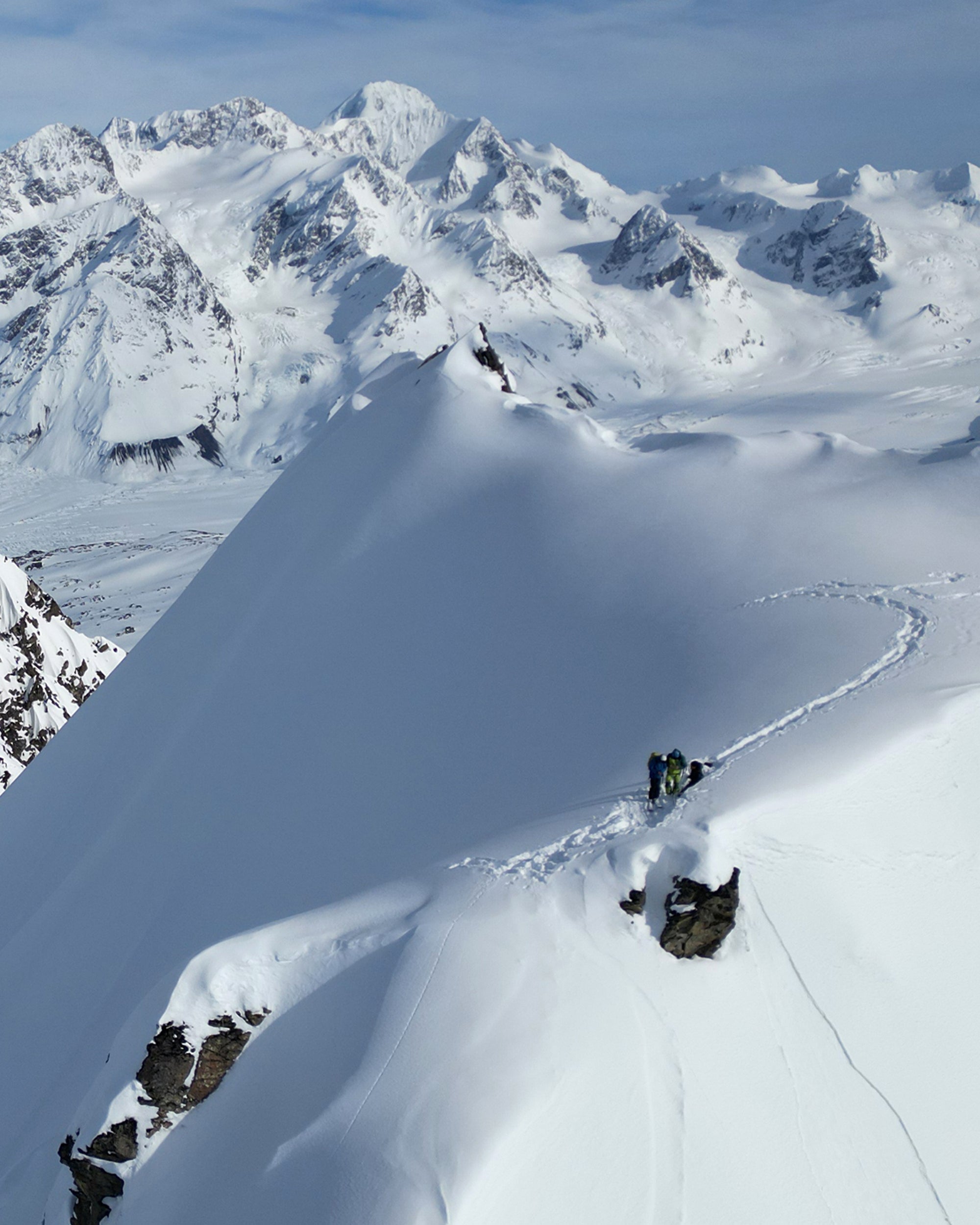
Follow Dorian Densmore and Mya Akins for another winter season of steep Alaskan spines, backyard...
Follow Dorian Densmore and Mya Akins for another winter season of steep Alaskan spines, backyard couloirs, and deep adventures in the mountains.
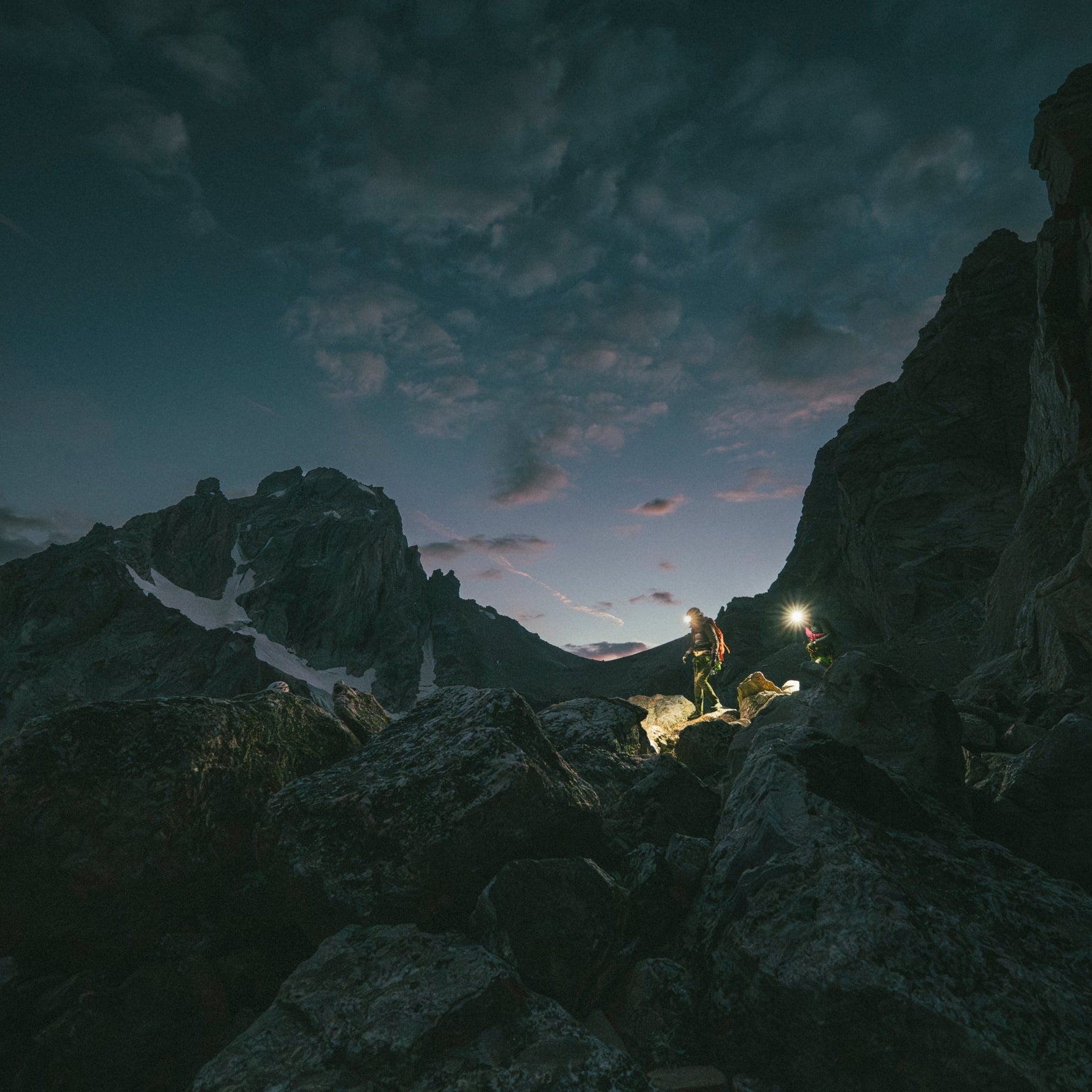
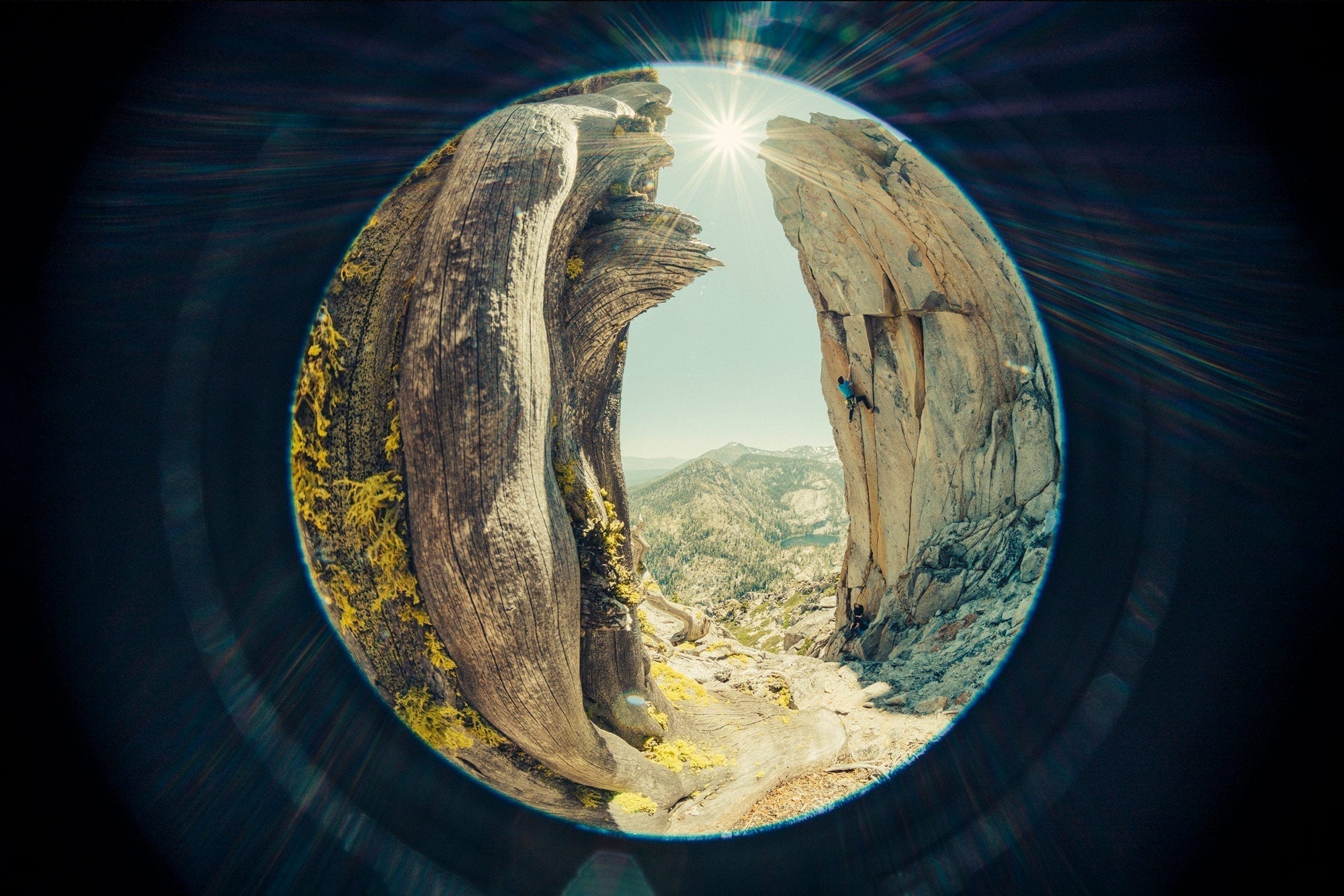
Watch BD Athlete Alex Honnold throw down on some hard trad high above Tahoe.
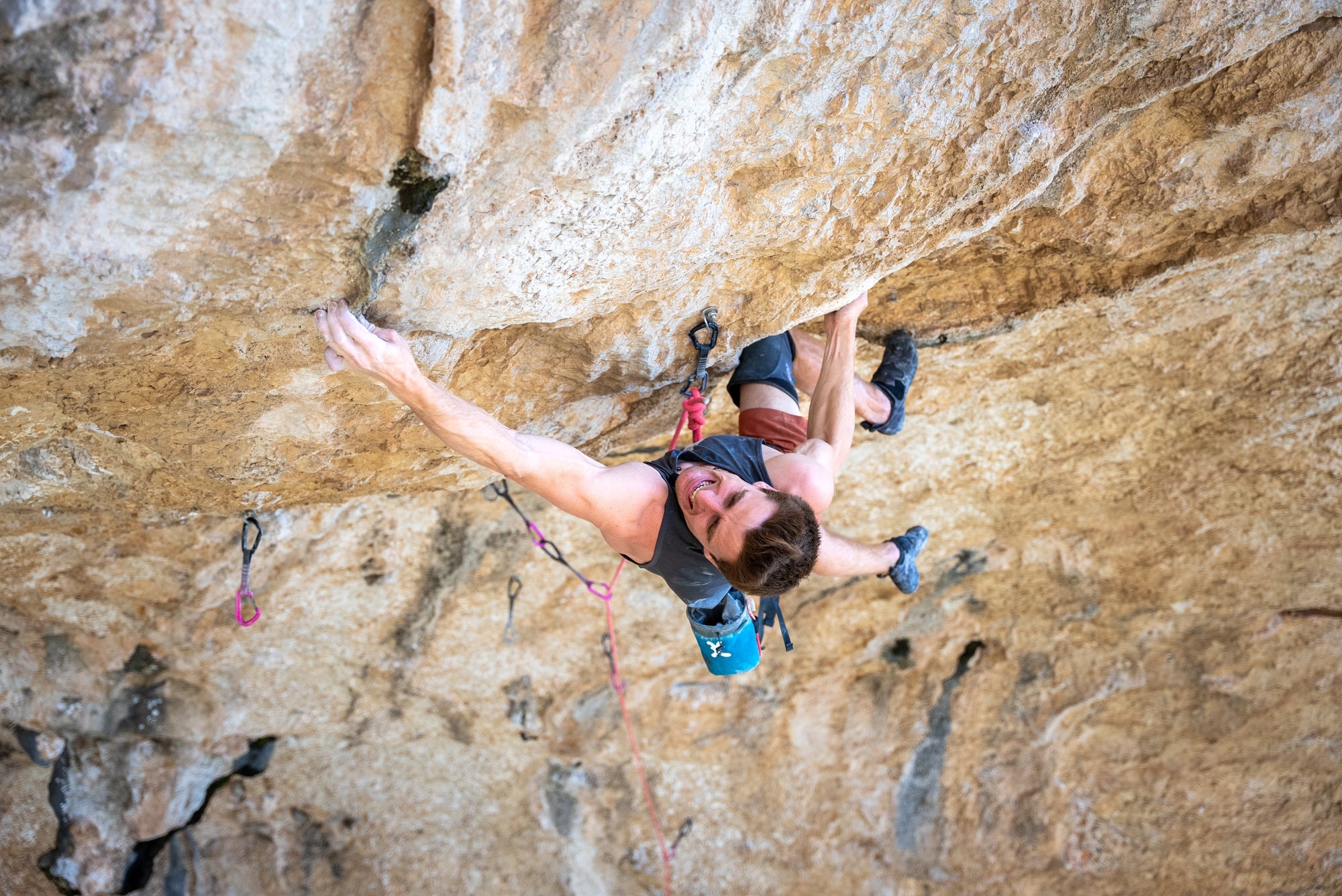
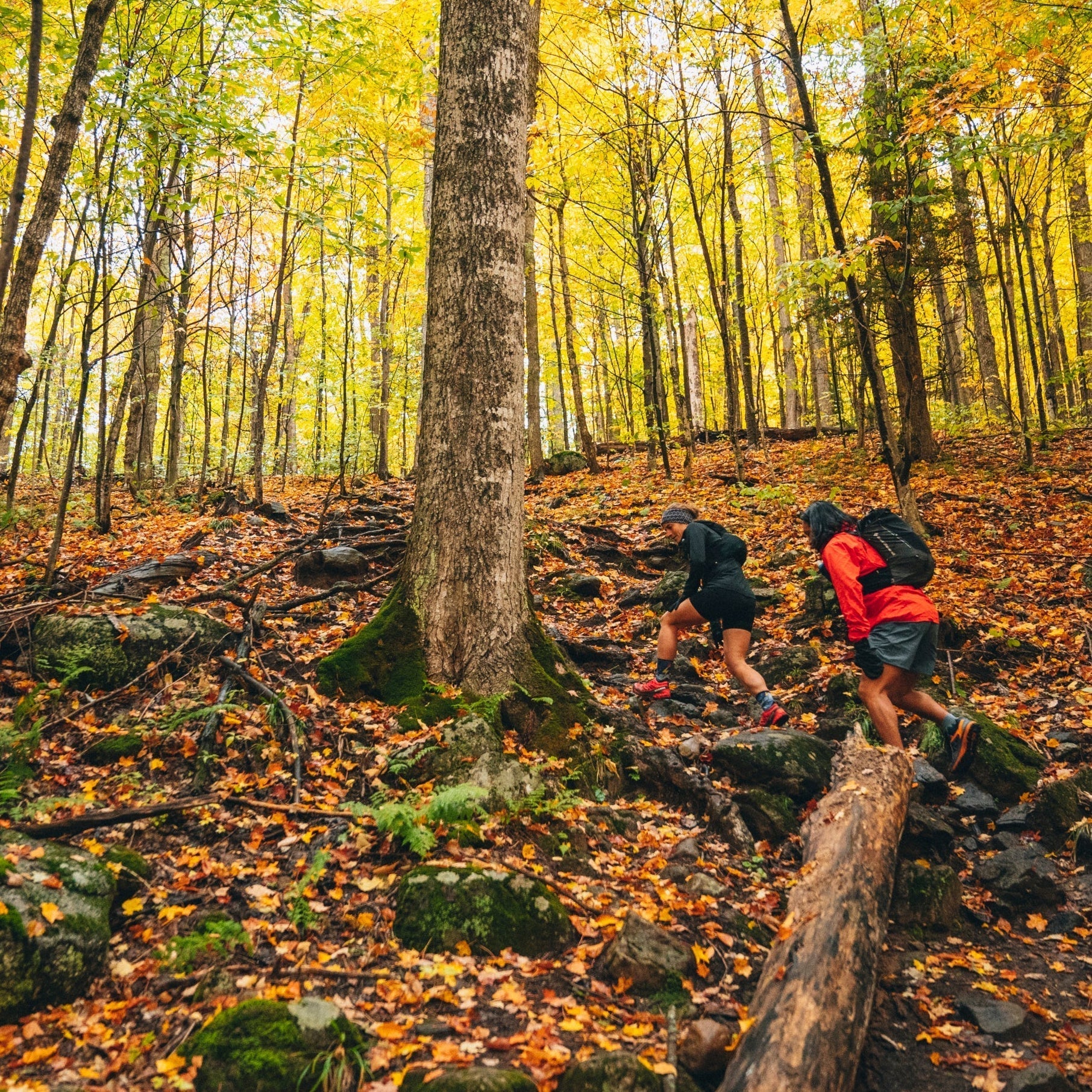
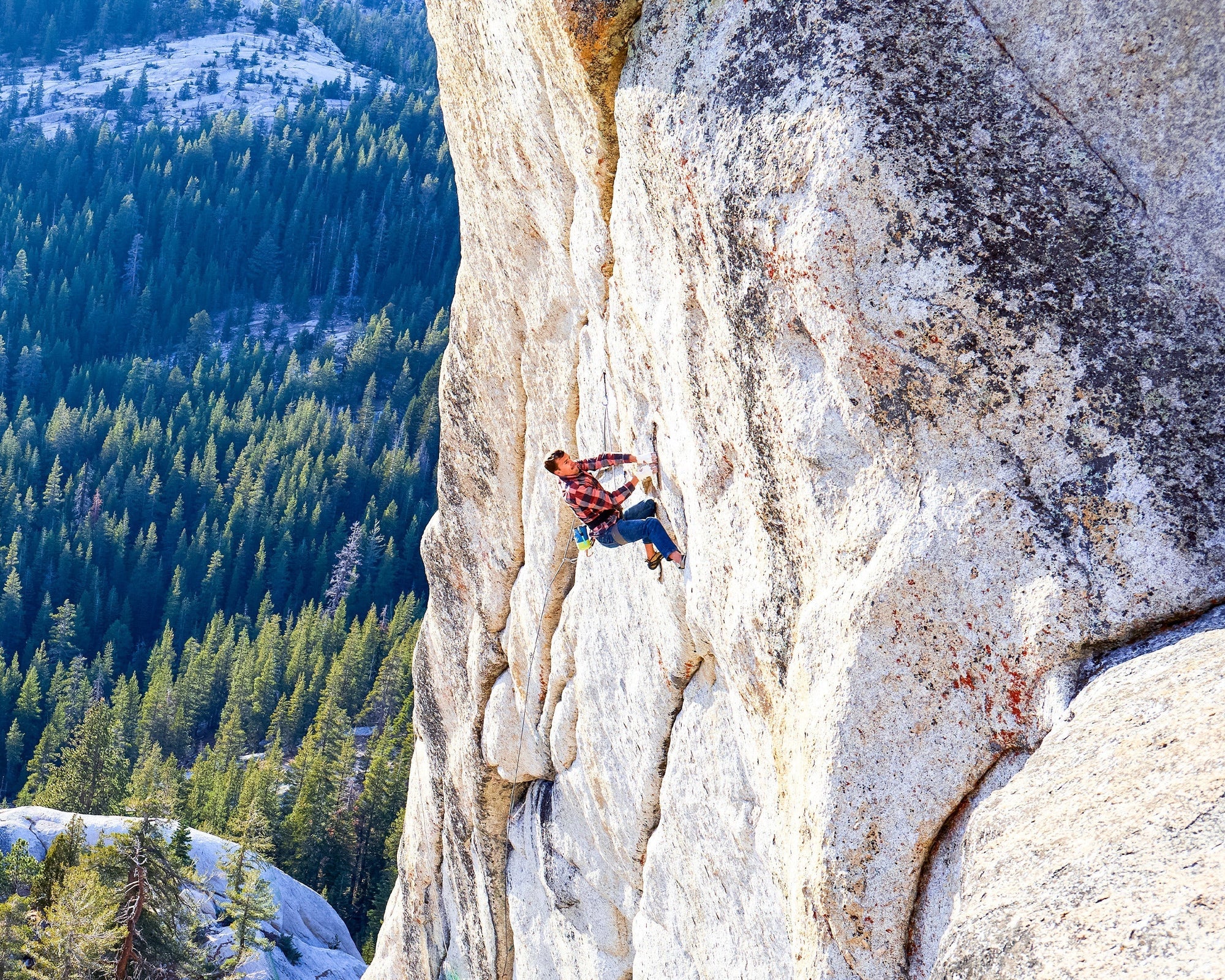
In 2012, filmmaker and photographer Ben Ditto, and professional climber Mason Earle equipped an immaculate...
In 2012, filmmaker and photographer Ben Ditto, and professional climber Mason Earle equipped an immaculate line in Tuolumne’s high country. But their attempts to free the route were thwarted when Mason’s life changed drastically. With the help of Connor Herson, Ditto and Mason found a way to keep the dream alive.
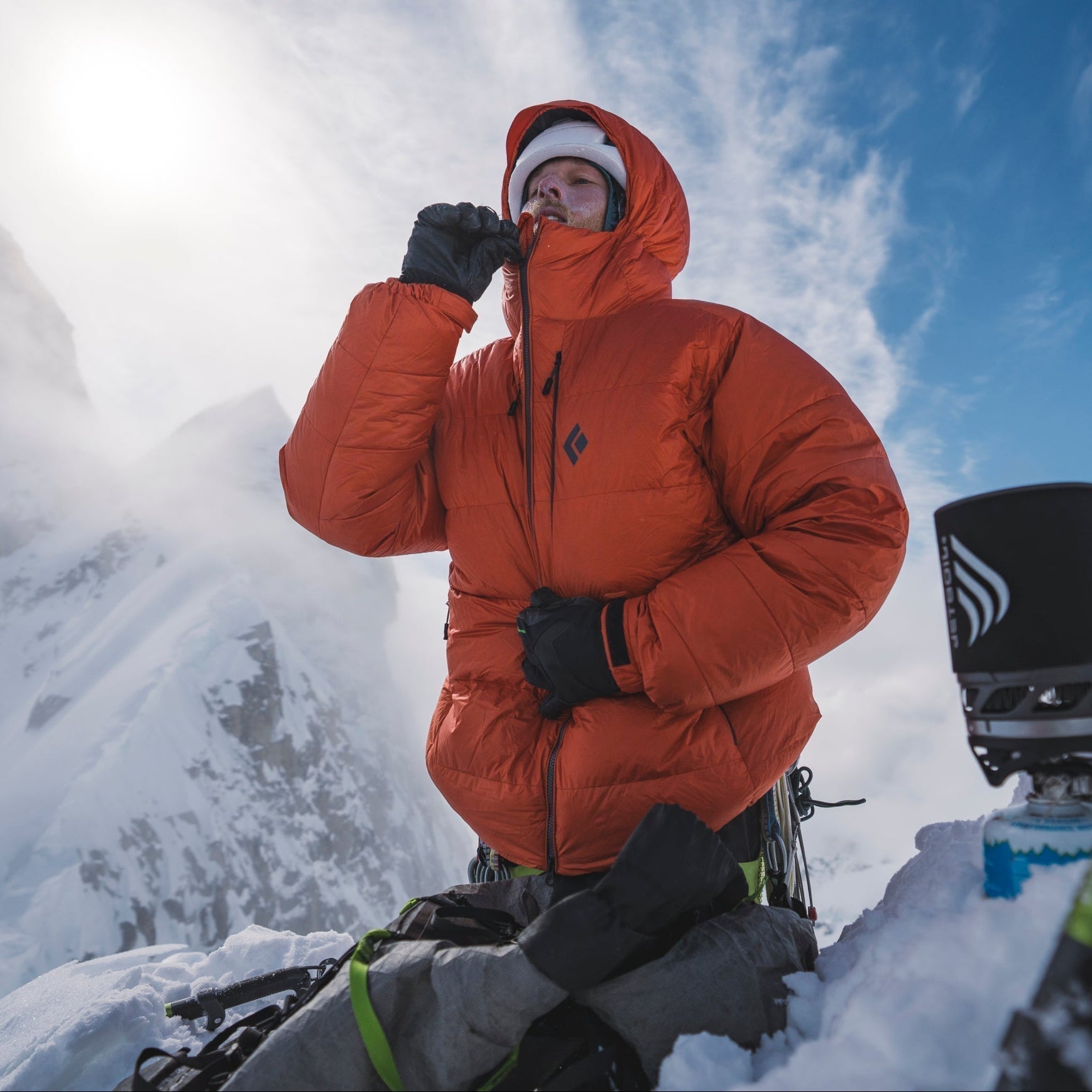
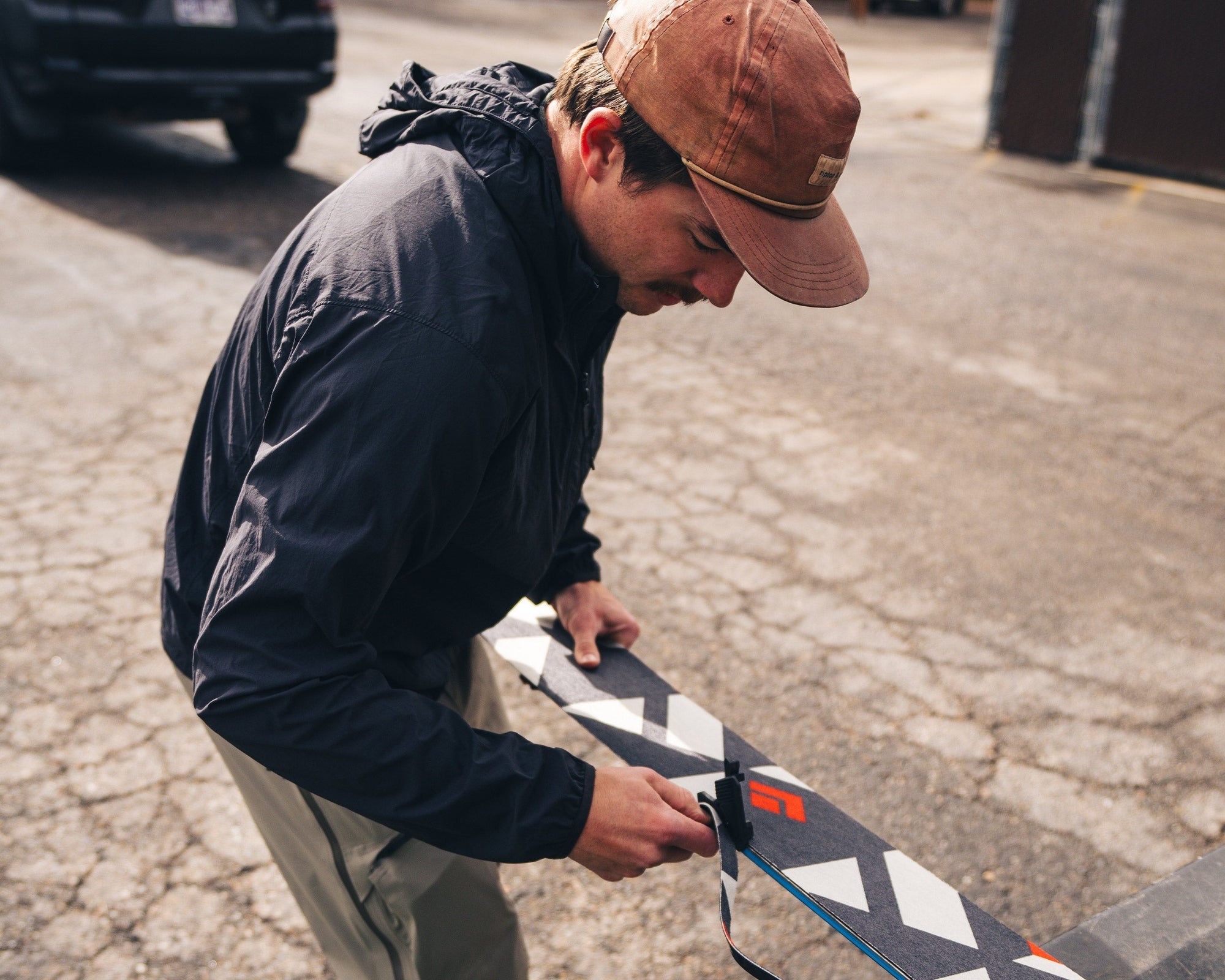
Watch and learn as our Field Test Coordinator runs you through a step by step...
Watch and learn as our Field Test Coordinator runs you through a step by step process of trimming and setting up any STS-style Black Diamond skin.


Every climber has a few lines they dream about. Whether inspired or haunted—or sometimes both—these...
Every climber has a few lines they dream about. Whether inspired or haunted—or sometimes both—these lines can push us beyond what we thought we were capable of, in turn teaching us who we really are. BD Ambassador Ethan Salvo recently restructured his entire life to focus on two climbs that pulled him into the void with only one way out … getting to the top. This is his story of sending Dreamcatcher and becoming the first Canadian to climb V16 in the same week.
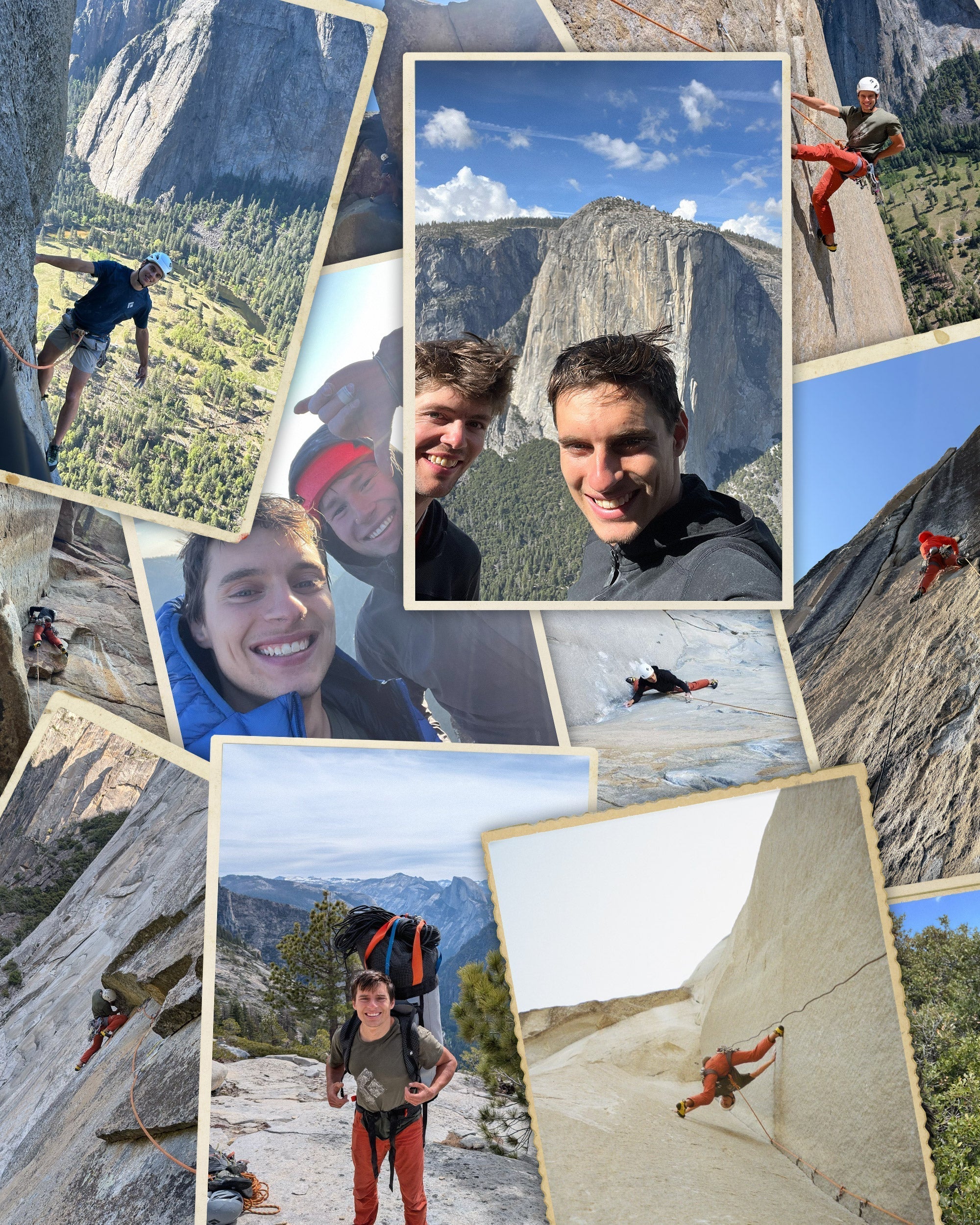
BD Athlete Connor Herson spent as many weekends as possible in the Valley this spring...
BD Athlete Connor Herson spent as many weekends as possible in the Valley this spring during a grueling quarter at Stanford. The objective? Ground up, in-a-day ascents.
